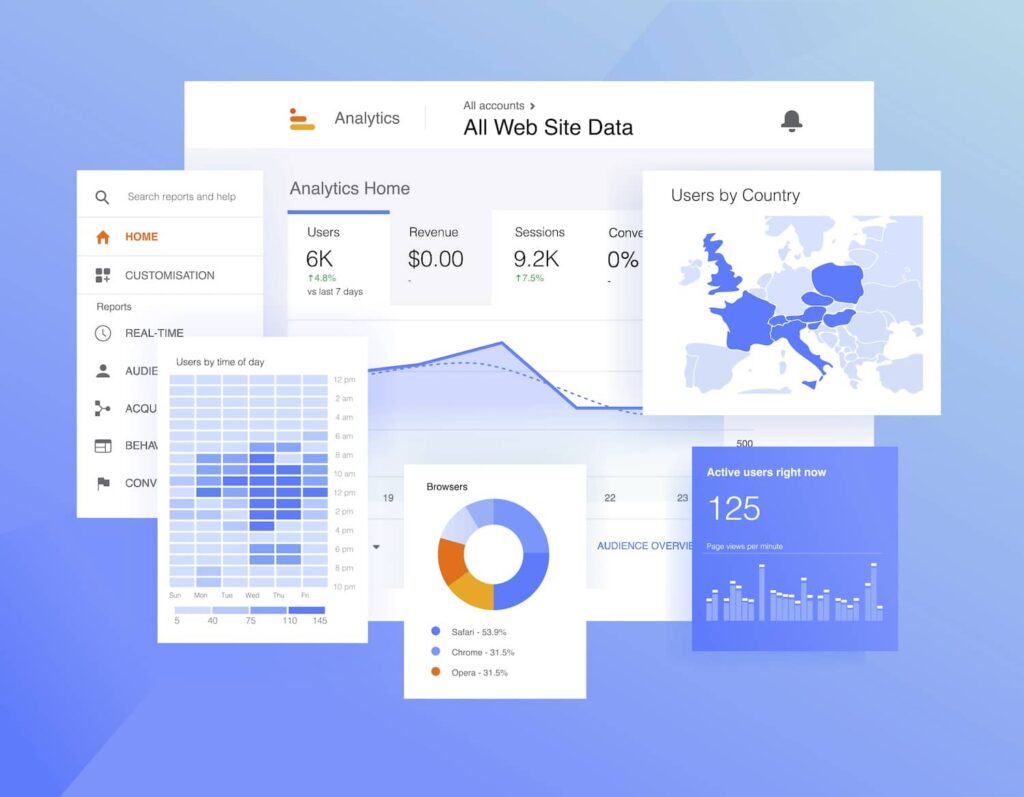Demystifying Secondary Dimensions in Google Analytics: Definition and Practical Applications
Demystifying Secondary Dimensions in Google Analytics: Definition and Practical Applications
Blog Article
Unveiling the Effect of Additional Measurement in Google Analytics on Data Analysis and Insights
In the world of information analytics, the usage of second measurements within Google Analytics has arised as a critical tool for removing deeper understandings and unraveling complex patterns that could or else continue to be covered. By peeling off back the layers of primary information collections, additional measurements supply a nuanced point of view that enhances the understanding of user behavior, web site performance, and the efficiency of advertising methods. The true influence and untapped capacity of secondary dimensions are frequently ignored, outweighed by the attraction of key metrics. As we navigate with the complex landscape of information analysis, the value of additional measurements comes to be increasingly noticeable, losing light on critical details that hold the secret to notified decision-making and tactical optimizations.
Discovering the Idea of Additional Measurements
Additional dimensions in Google Analytics offer added insights by allowing customers to evaluate key information along with an additional attribute. This function enables an extra detailed understanding of the key information by including another layer of information for evaluation. By including second dimensions, customers can delve deeper into the information and discover useful connections that may or else go undetected. For instance, by coupling the primary data of web site traffic with second measurements like demographics or behavior, online marketers can get an extra thorough sight of their target market and tailor their approaches accordingly.
By discovering the different second measurements available in Google Analytics, individuals can unlock new insights and enhance their digital advertising and marketing efforts. In significance, second dimensions offer as a powerful device for improving data evaluation and driving workable outcomes.
Enhancing Information Analysis With Second Dimensions
Having developed the foundational understanding of additional measurements in Google Analytics and their pivotal duty in information analysis, the emphasis now shifts in the direction of leveraging these second credit to enhance the analysis of analytics data (what is a secondary dimension in google analytics). By incorporating secondary dimensions into information analysis, analysts can get much deeper insights right into user actions, web site efficiency, and marketing performance

Furthermore, secondary dimensions assist in contextualizing key information metrics by offering added layers of info. This contextualization help in comprehending the 'why' behind the information trends, helping analysts make informed choices and optimizations to boost overall efficiency. Inevitably, including additional dimensions improves the information interpretation procedure, leading to more tactical activities and purposeful understandings.
Revealing Hidden Insights With Additional Dimensions
Checking out the midsts of analytics information with additional measurements discloses important insights that would certainly or else continue to be covered. By integrating second measurements in Google Analytics, services can discover hidden patterns, fads, and relationships that supply a more thorough understanding of customer behavior and web site performance. These additional layers of information permit experts to dive deeper right into the key dimensions, such as website traffic resources or touchdown pages, and get a more nuanced perspective on just how various variables engage with each various other.
Through the usage of second dimensions, analysts can segment and compare data throughout various measurements, enabling them to recognize certain elements that influence user interaction, conversion prices, and total success metrics. By combining the find this main dimension of 'tool classification' with the secondary measurement of 'age group,' marketers can pinpoint which age demographics prefer accessing the web site via mobile gadgets versus desktop computers.
Leveraging Second Dimensions for Actionable Analytics
Building upon the insights unveiled via second measurements in Google Analytics, businesses can now harness this enriched data landscape to drive workable analytics and tactical decision-making. By leveraging second dimensions, companies can dive deeper right into their information to extract important patterns, fads, and relationships that might have previously gone undetected. This deeper level of analysis enables services to get a more extensive understanding of customer habits, campaign efficiency, and general website performance.
One key benefit of utilizing additional measurements for workable analytics is the capability to sector information based on certain criteria. This division permits services to customize their techniques and projects to various audience groups, bring about more targeted and effective advertising and marketing initiatives - what is a secondary dimension in google analytics. Furthermore, second measurements give an even more all natural view of individual interactions, allowing businesses to optimize their site content, style, and overall user experience
Making The Most Of Decision-Making With Additional Measurements
To enhance tactical decision-making in analytics, leveraging secondary measurements in Google Analytics can provide a much more nuanced perspective on user habits and campaign efficiency. By including secondary measurements right into information analysis, businesses can delve much deeper right into the specifics of their web site site visitors' communications and involvement patterns. This added layer of details enables for a more thorough understanding of just how various variables, such as demographics, tools, or web traffic sources, influence crucial performance indications.

Verdict
To conclude, the usage of additional measurements in Google Analytics plays a critical duty in boosting data analysis and revealing hidden understandings. By exploring this idea, one can gain a much deeper understanding of user actions and make informed choices based on workable analytics. Leveraging secondary dimensions enables a more extensive interpretation of data and makes the most of the effectiveness of decision-making processes.

Report this page